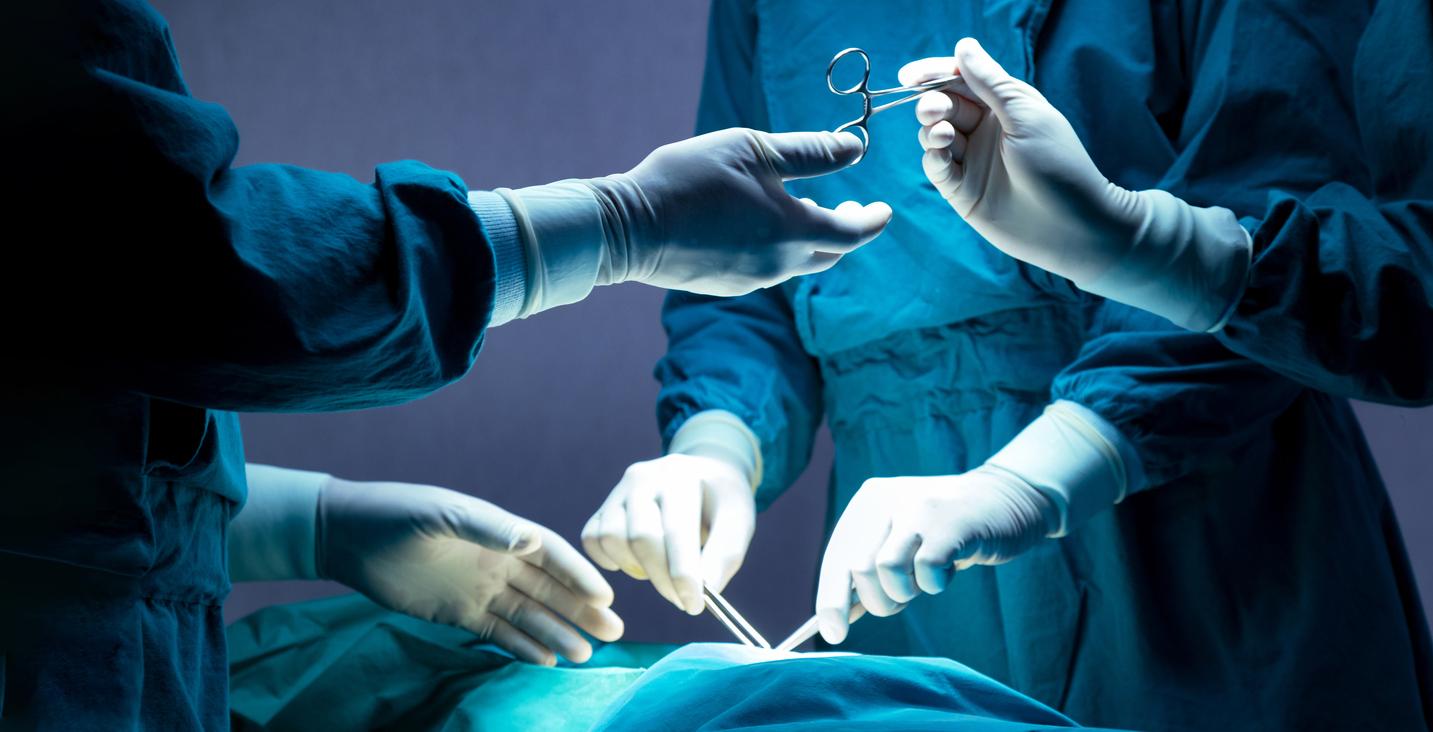Lumpectomy is a so-called “conservative” surgery, it only concerns the tumor and a margin of healthy tissue all around, the “safety margin”, as well as a lymph node. It keeps as much of the mammary gland as possible intact. The breast is therefore preserved including the areola, unless the tumor is very close.
In three quarters of cases, this intervention is possible, and this figure increases: it is necessary that the breast tumor either small in relation to the breast (hence thebenefit of early screening) and that it is unique (if there are two tumors, they must be very close). The type of intervention is proposed during a consultation meeting comprising specialists from several disciplines (surgery, oncology, radiology, psychologist, etc.), then subject to the patient’s agreement.
Often the patient is operated on as an outpatient
The intervention takes place more and more often in ambulatory : around 40% of patients are operated on in one day at the Institut Curie. Otherwise, it takes two nights of hospitalization. In the morning, the patient arrives on an empty stomach. “At the Institut Curie, she usually enters the operating room standing up,” says Dr Severine Alran, surgeon, head of the outpatient surgery unit at the Institut Curie in Paris. If the nodule is palpable, we operate directly. Otherwise, a preoperative location was performed the day before the operation by the radiologist.
The operation takes place under general anesthesia and lasts from half an hour to an hour and a half. The removed tissue is sent to the laboratory for analysis. The location of the scars is decided “à la carte” taking into account the anatomy of the patient and the location of the tumor. Those which are located around the areola are most often chosen for more discretion. In all cases, the patient was informed by the surgeon beforehand. There is no such thing as a “bad surprise” when you wake up!
The tumor is sent to the laboratory for analysis. If the margin removed is insufficient, it is necessary to reopen in the following days. A gesture that concerns about 15% of patients. A check-up is carried out by telephone the following day to verify that the patient is well. She knows she can use painkillers (paracetamol, tramadol). The dressing is easy to apply.
The most discreet scars possible
There is no longer a standard operation, the surgical techniques adapt to the shape of the breast and the scars are as discreet as possible (around the areola, under the breast). But removing a tumor always leaves a depression, or an effect of asymmetry between the two breasts. The surgeon ensures that this problem is as little as possible by repositioning healthy tissue in relation to the depression. After all treatments (radiotherapy), scarring, reshaping of the areola if necessary, and filling with fat cells can be considered.
After the procedure, how can you be sure that everything has been removed? Are cancer cells not leaving elsewhere, carried in the lymph that drains the breast? The survival of the patient depends on this response. To be on the safe side, the entire chain of lymph nodes located under the armpit was removed for a long time. At the risk of handicapping the woman, who had to go through drainage sessions and sometimes complicated treatments to curb the “big arm” effect due to the stagnation of the lymph. A sequel that is much rarer today thanks to the practice of the “sentinel node” technique. During the operation, the first lymph node which drains the tumor is removed. If it is healthy, the chain is not removed. The lymph node is sent to the laboratory to verify that it is indeed healthy.
Read also :Breast cancer: all the tips to stay feminine
Breast cancer: what treatment in 2014?
Talk about breast cancer and share your experience and advice around this pathology on our forum
















